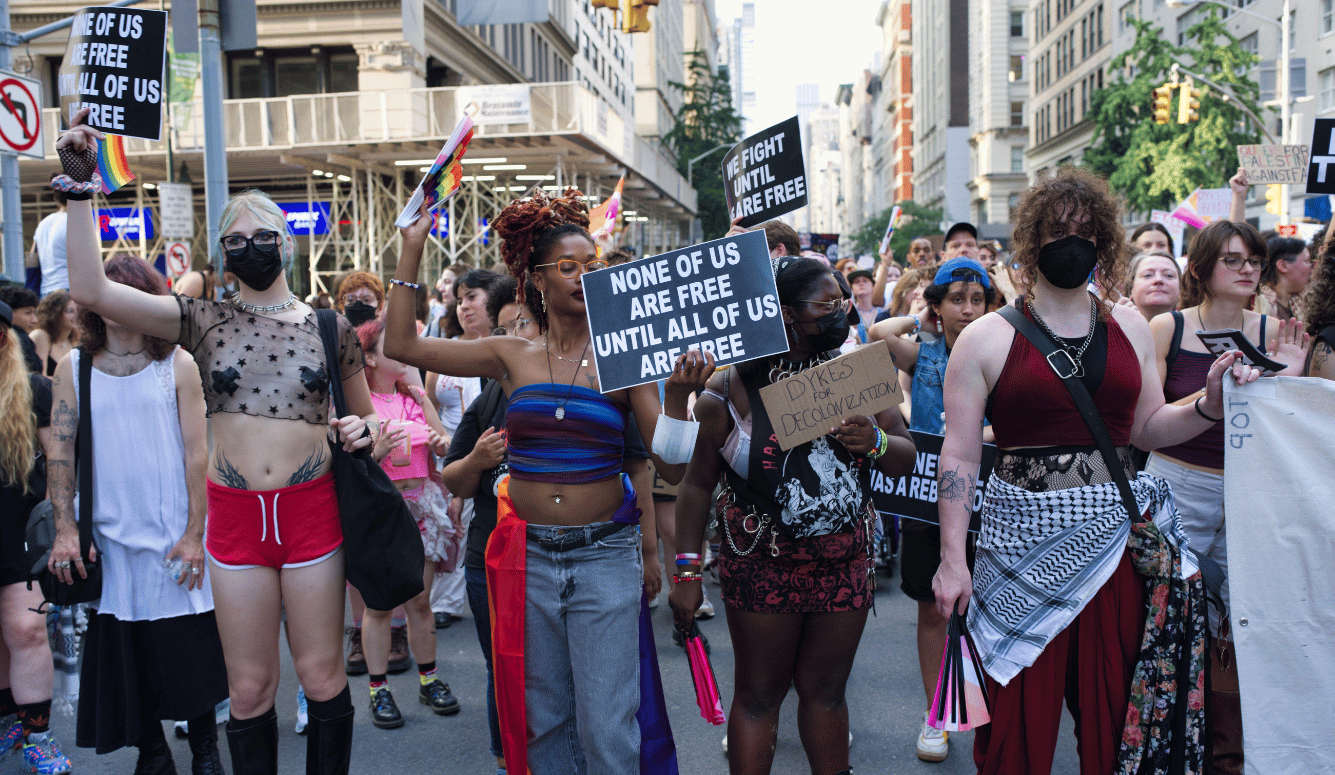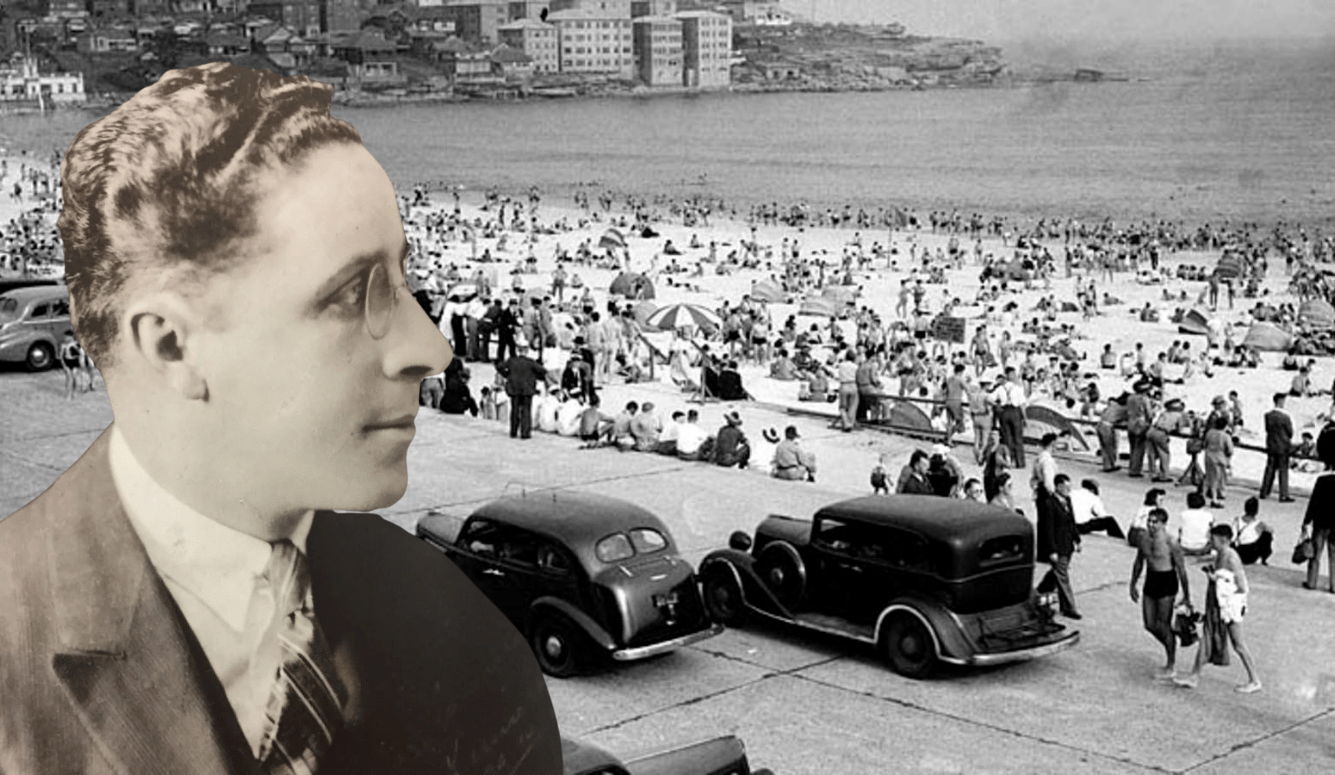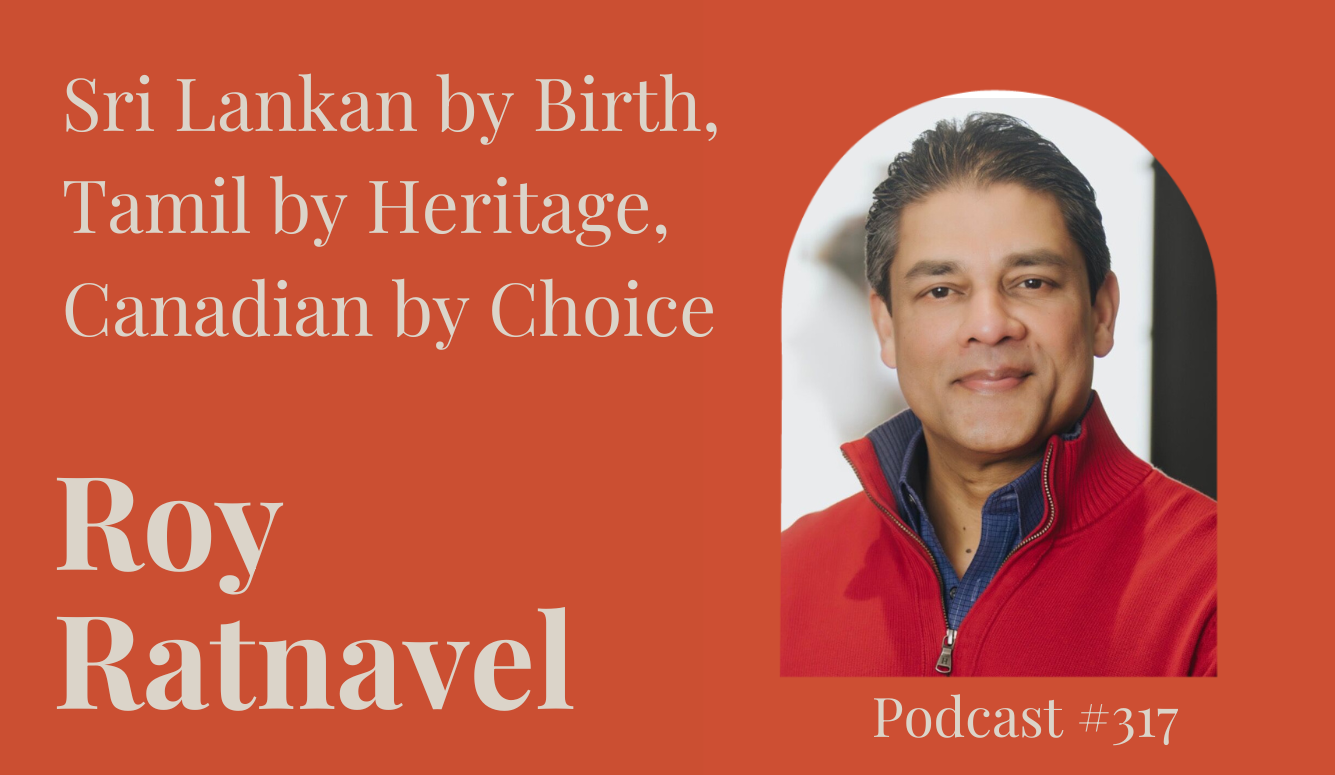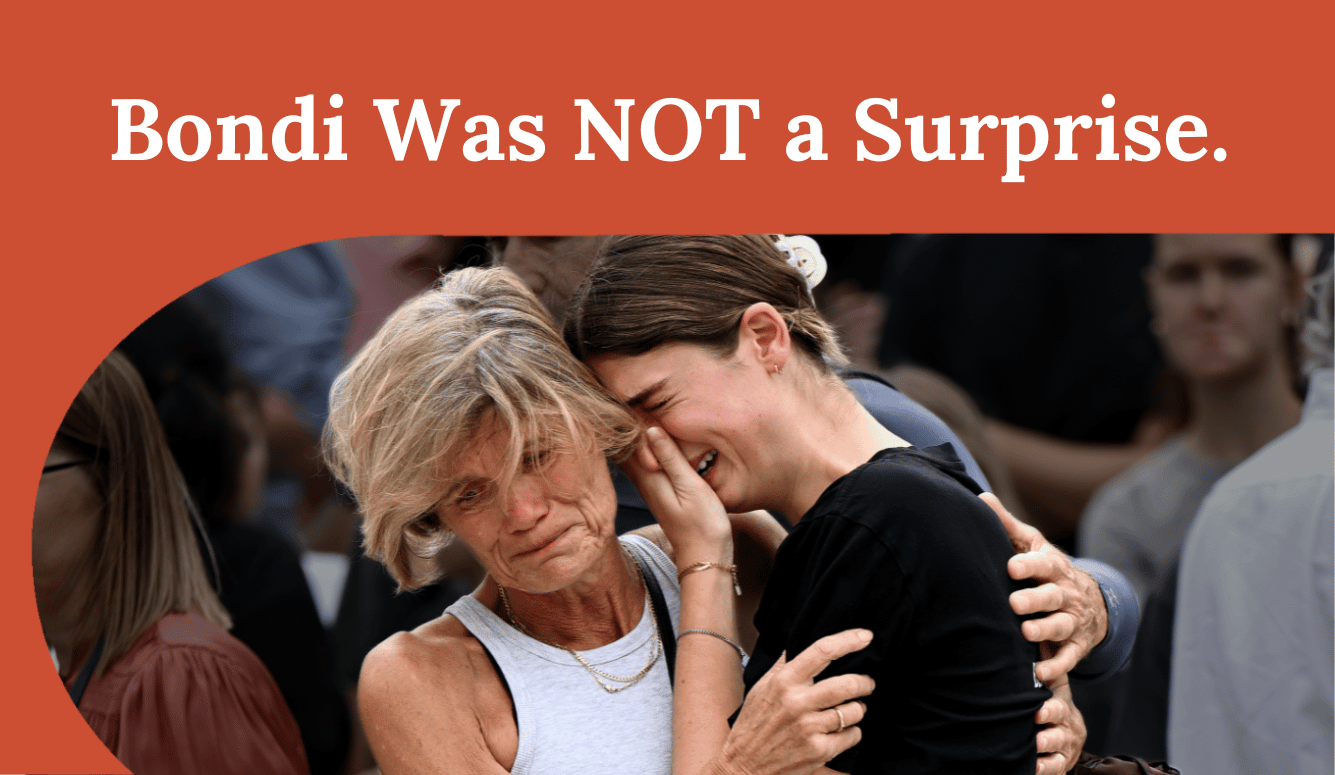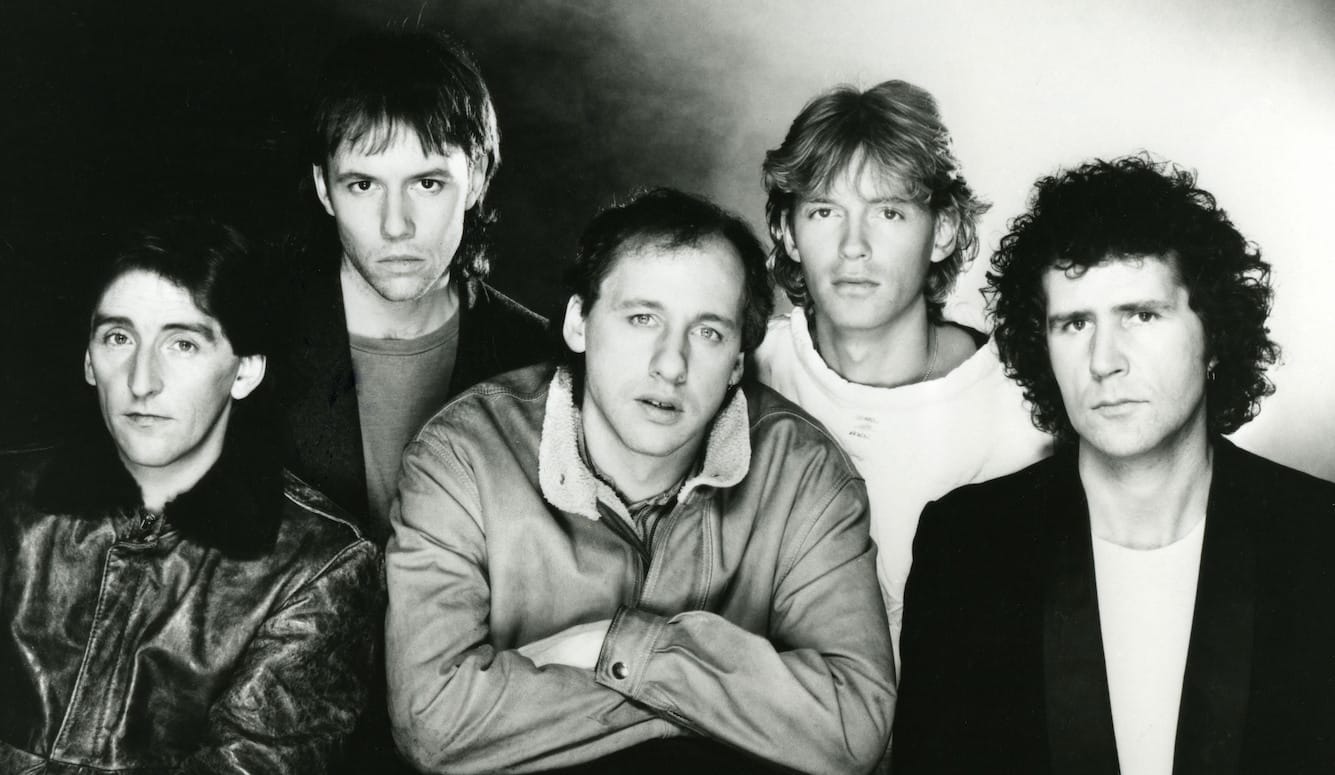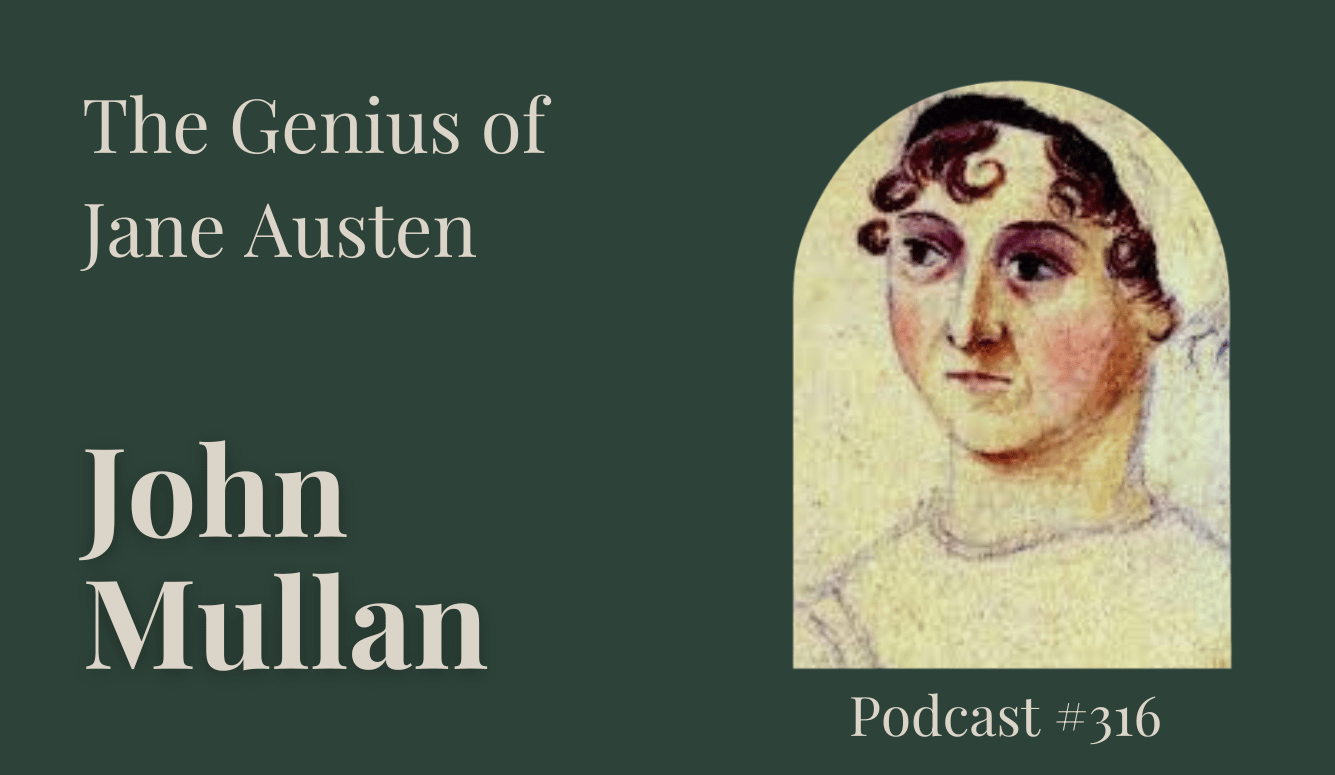literature
Making Fiction Boring
The ideological capture of college writing programs has ushered in an age of didactic, anodyne, and tedious books.

Excerpted and lightly adapted from That Book Is Dangerous!: How Moral Panic, Social Media, and the Culture Wars Are Remaking Publishing by Adam Szetela. Reprinted with permission from The MIT Press. Copyright 2025.
Much has been written about censorship on college campuses in the past decade, but few scholars have paid attention to the fact that many writers—if not the overwhelming majority—are now trained on campus. In his book The Program Era: Postwar Fiction and the Rise of Creative Writing, Mark McGurl documents the ongoing boom in creative writing programs. Whether one wants to pursue a bachelor of arts in Creative Writing at the University of Arizona, or a master of fine arts in Children’s Book Writing and Illustrating at Hollins University, there are now hundreds of programs to choose from. As novelist Poe Ballantine reflects, the old path of “quitting your job, selling your car, and hustling like an old hooker with a toothache” has been “replaced by taking out a student loan and enrolling in the nearby university.”
A few years after Harvard University Press published The Program Era in 2009, scholars of higher education noticed something strange happening on college campuses. Although the demands to censor professors and other students were not new, as Jonathan Haidt and Greg Lukianoff note, those demands were becoming medicalised. In yesterday’s creative writing classroom, a draft of a novel might have been considered poorly written or maybe even offensive. Today, it creates a “dangerous” and “harmful” classroom that is not a “safe space.”
This is why some professors ask their students to include “trigger warnings” at the top of their work, or to simply avoid writing about any topic that might “trigger” another student in the room. As Oberlin College put it in their guidelines for faculty, trigger warnings “show students that you care about their safety.” In an era of mandatory sensitivity training programs, anonymous bias-reporting systems, and other measures instituted by campus bureaucrats, who are rapidly outpacing tenured professors, one can only imagine what it is like to be a novelist, poet, or playwright on a college campus.
At Williams College, visiting professor Misha Chowdhury, a queer Bengali playwright, was working on a production of Aleshea Harris’s Beast Thing. The play attempts “to step into and explode certain archetypal stories and characters in American culture that are inevitably marked as white.” As opening night approached, the theatre department cancelled all scheduled performances. In his statement of resignation, Chowdhury reflects:
There is a profound irony at play. I experienced many instances in which people imposed fragility and fear onto bodies of color and, couched in the language of care, policed what people of color are allowed to do and make and say.
Around the same time, plays were cancelled at Knox College, Kenyon College, Brandeis University, the University of Utah, and other colleges and universities. At the University of Michigan, professors and students demanded that Bright Sheng, a professor in the School of Music, Theatre and Dance, be removed from his course after he screened an adaptation of William Shakespeare’s Othello that included blackface. “I was shocked that [Sheng] would show something like this in something that’s supposed to be a safe space,” exclaimed one student. Sheng survived the Cultural Revolution in China, but he did not remain the professor of his own course. A few weeks into the fall 2021 semester, he was replaced.
Researcher Deborah Appleman cites the case of
A women’s studies professor who included The Bluest Eye by Toni Morrison on her syllabus [and] was confronted by her students even before her class began. “We won’t read this book under any conditions,” they told her. “It has incest in it, and that is triggering.” The professor found herself in a profound pedagogical, even moral, dilemma. On one hand, she didn’t want to harm or revictimize any of her students. On the other hand, she fervently believed that the novel has a critically significant place in our (finally) diversifying literary heritage and deserves to be read….
Can literature be read without triggering, or, in fact, is part of the role of literature to trigger—that is, to wake and engage our complex set of emotions and experiences? While it is, of course, imperative to consider our students’ well-being and to teach sensitively, I worry that these considerations will banish some significant texts into silence.
Whereas the old era of “solidarity” revolved around doing political work to help people who face injustices, the new era of “allyship” revolves around the institutionalisation of neurosis. For the neurotic, reading is not like revictimisation. It is revictimisation. Censoring Toni Morrison is now a feminist act. If you have a hard time staying up to date with the twists and turns of the Sensitivity Era, it is only a matter of time before you, too, will be accused of insensitivities. Unlike political solidarity, cultural allyship can look confusing to anyone unfamiliar with the abstruse, ever changing guidelines.
On campus, even journalism has to be a “safe space.” According to Northwestern University’s newspaper: “While our goal is to document history and spread information, nothing is more important than ensuring that our fellow students feel safe.” Northwestern has form here. They put Laura Kipnis, a tenured professor in their School of Communication, through a Title IX investigation because she wrote a Chronicle of Higher Education article “suggesting there are too many Title IX investigations.” She was the subject of a second Title IX investigation for writing “a book about being investigated for saying there are too many Title IX investigations.”
At Princeton University, hundreds of faculty members and staff signed a letter that asked their university to form a committee to “oversee the investigation and discipline of racist behaviors, incidents, research, and publication on the part of faculty.” It will be interesting to see what thoughtcrimes turn up in the work of Princeton’s poets, novelists, playwrights, journalists, and scholars. After all, Joyce Carol Oates, a professor of creative writing at Princeton, was admonished for criticising sensitivity readers. According to one critic, Oates “spewed a lot of racist tweets about how if people don’t like the stories, don’t read them, and they should start their own publishing houses to get their books published.” Because this is what counts as “racism” in the Sensitivity Era, Princeton’s investigators will surely find more “racism” in Oates’s fifty-eight novels. Likewise, people accused Princeton poet Michael Dickman of “racism” after he wrote a poem, “Scholls Ferry Rd.,” that includes a racist character. Poetry retracted his poem. In response, Tracy K. Smith, another Princeton poet, and the twenty-second US Poet Laureate, spoke of “developing a formalized process for addressing accountability and making reparations in situations of this kind.”
The problems of free speech at Williams College, the University of Michigan, Princeton University, and elsewhere are not distinct to these colleges and universities. Across the country, institutions of higher education look less like the University of California in the 1960s, where the Left’s Free Speech Movement ascended, and more like the pseudo-therapeutic spaces of Goodreads and Bookstagram. Because higher education is what David Fenza, the executive director of the Association of Writers and Writing Programs, calls “the largest system of literary patronage for living writers the world has ever seen,” its infantilisation is central to the infantilisation of literary culture.
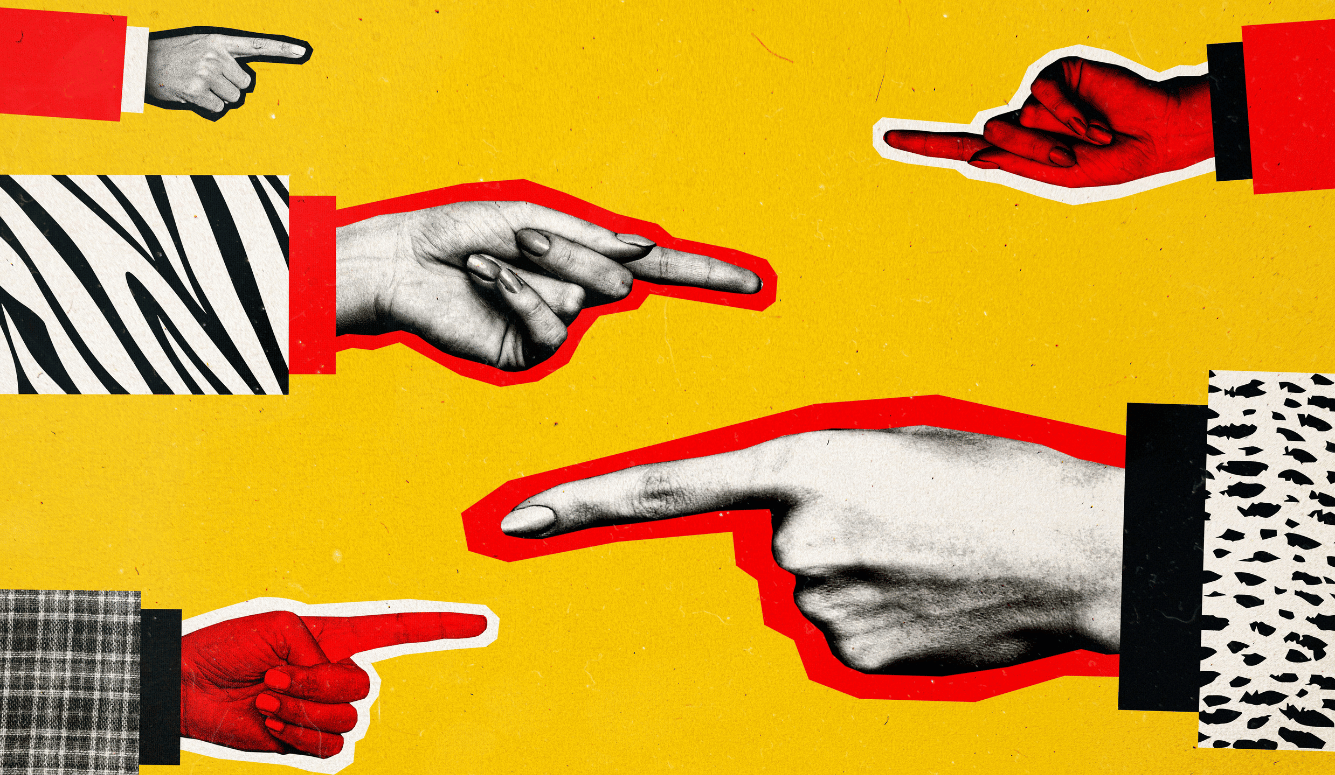
Many of the moral crusaders discussed in This Book Is Dangerous! teach or have taught on campus. “There was a time when emotionally fragile individuals who could not withstand the stresses of daily living headed off, on reaching adulthood, to a convent or monastery,” writes philosophy professor William B. Irvine. “These days, they might instead go to a college campus.”
An insular culture of hypersensitive people who accuse one another of “harm” is great fodder for dystopian literature. It is terrible for literary culture. It might be most terrible for historically underrepresented writers who do not get the feedback they deserve. One recent MFA graduate I spoke to recalls a typical experience workshopping what they considered a heavy-handed, sermon-like story:
There was no way I was going to stand up and be like, “Hey, I think maybe you need to tone down the political messaging for the sake of your story. There’s a story here. I want to just hear your story, which will have in it these important social issues. But when it starts to stray into the grandstanding, the preaching, it actually takes away from the impact.” In the interest of the exact message this writer wants to get across, I would like to make this recommendation. But there’s no chance I’m going to say it. I’m just opening myself up to a world of shame. Also, nobody says it. So, this writer isn’t getting the feedback that they probably need to make this piece better.
As an MFA program, you’re kind of doing your black writers a disservice without telling them that it’s sort of more clever to hide your politics, not because you should hide yourself. That would be how that would be received if I said it. They’d be like, “You just want to suppress this person’s radical black politics.” No, not at all. But being sneaky about that stuff is just more effective. It’s always been that way. It works better when I’m immersed in that experience, instead of having it talked about to me in these very moralistic terms. Books that are pedantic are boring, and nobody wants to read them.
Nobody could ever say that in that room, except maybe another person of color.
Another writer I interviewed describes this workshop climate as the “racism of low expectations.”
John H. McWhorter, a professor of English at Columbia University, reflects: “White people calling themselves our saviors make black people look like the dumbest, weakest, most self-indulgent human beings in the history of our species, and teach black people to revel in that status and cherish it as making us special.” An anecdote from a top-ranked MFA program illustrates McWhorter’s point:
We had a black writer turn in this truly beautiful essay. Everybody was so admiring of it. We were in the complimentary phase of the workshop, and the professor said, “This is just such an ambitious thing you’ve brought in. It’s taking on so many different topics, and it’s so exciting.” Then one of the other students, a white student, made a point of stopping the professor, and saying, “Just so you know, the word ‘ambitious,’ especially when applied to women and people of color, is deeply insulting because you’re saying that she’s sort of stepping beyond her capabilities, that she’s trying to do more than she can, than she’s capable of as a black woman.” After, the professor spent two minutes doing the standard penance. But everyone’s so tight after that because you’re like, Jesus, this guy just complimented her writing.
MFA programs reward students who spot morally problematic issues in other’s students’ work, in other students’ comments, and even in their professors’ compliments. “There’s social points awarded for each identification of something problematic,” explained one recent MFA graduate, “it happens all the time.” How much time this leaves for elements of craft, like how to write an inciting incident or a climax, is beside the point.
As I interviewed writers, I was reminded of a scene in One Flew Over the Cuckoo’s Nest by Ken Kesey (a novelist who had inimical experiences as a graduate student in Stanford’s creative writing program): “The flock gets sight of a spot of blood on some chicken and they all go to peckin’ at it, see, till they rip the chicken to shreds, blood and bones and feathers. But usually a couple of the flock gets spotted in the fracas, then it’s their turn. And a few more gets spots and gets pecked to death, and more and more. Oh, a peckin’ party can wipe out the whole flock.” In MFA programs, the peckin’ party spills over into the Office of Diversity and Inclusion, which investigates professors and students who have been anonymously reported by their peers.
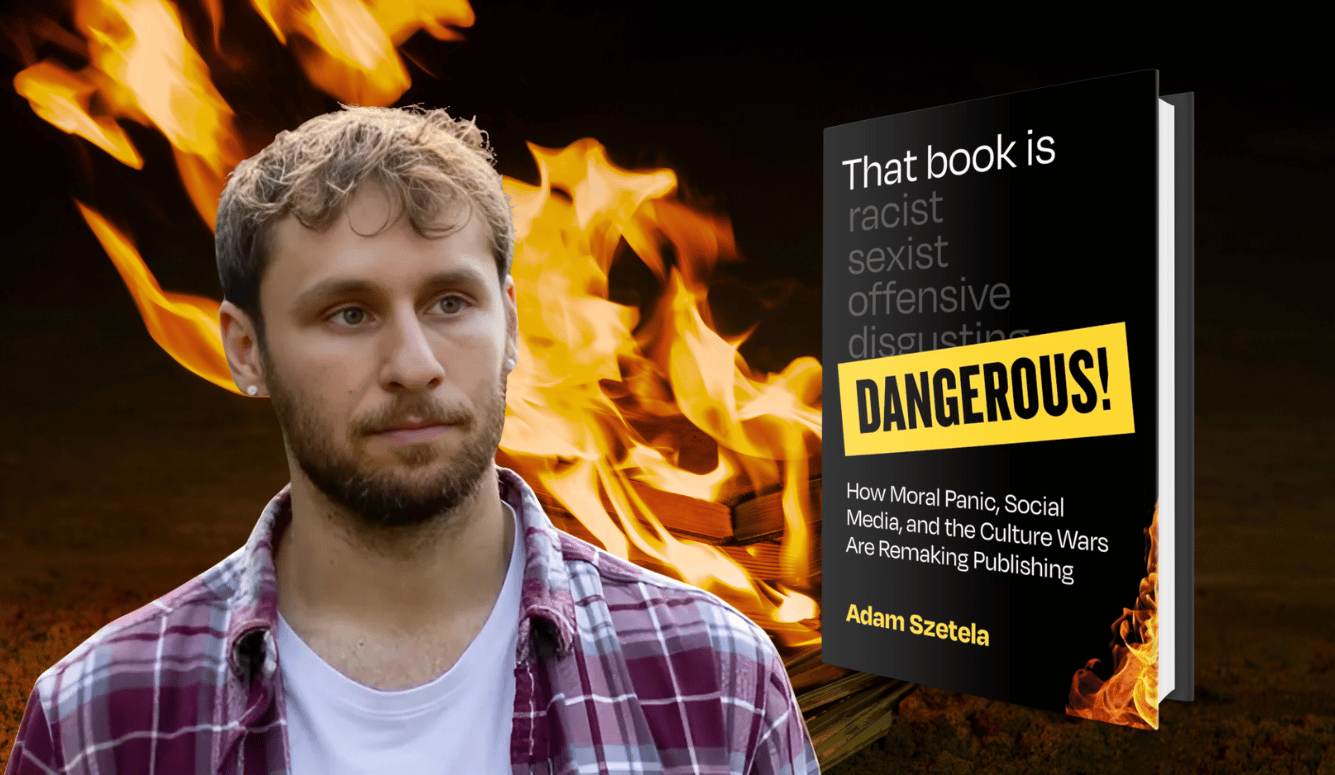
It also spills over into Twitter, Facebook, and other platforms where MFA students and their professors accuse writers of harm. In this scene, the MFA is worn like a sheriff’s badge. It is both an exclusive status symbol—at the top programs, rejection rates sit at just under 100 percent—and an indication that one knows how to enforce the laws of “literary citizenship.” Meghan Daum, who was a faculty member in the MFA Writing Program at Columbia University, describes the scene:
I’ve come to see the MFA in writing as the educational equivalent of a draft dodge. If the annual Association of Writers & Writing Programs (AWP) conference is any indication, getting an MFA in writing has little to do with actual writing and nearly everything to do with finding a place in a social clique. This clique, which convenes mostly online, seems less interested in the values or dynamics of any particular program … than in something called literary citizenship, a term I didn’t hear until probably 2017. Separate from caring about literature, literary citizenship implies adherence to an unspoken moral code, one that pays lip service to equity and inclusion while still making gossip and exclusivity the main event. In the literary body politic, an MFA confers an almost mystical authority. I’ve noticed that many Twitter bios list MFA alongside things like nonbinary or neurodivergent, as if studying creative writing at the graduate level is an identity category.
The consistency between programs—Iowa, Ohio, Columbia, it does not matter—might be the most salient aspect of “the largest system of literary patronage for living writers the world has ever seen.” The teaching is predictable. The writing is predictable, too. In the words of one black novelist who teaches on campus,
I can take you to a bookstore now, and we can go find a book of stories, and I can say, “This person went through an MFA program.” All the stories look the same. They all sound the same. They all have the same shape. And why wouldn’t they? They’re trying to write for eleven other people sitting in a room, and it’s art by committee. There’s never going to be an edge on it. Workshops, the MFA programs, have done American letters no favors.
… to your question about what goes on in the workshops. It’s the same thing that goes on when someone comes in my office, and they start talking about their problems. And I always say, “Is it on this paper?’ Is it written down right here?” Because if we’re not talking about a story you’re trying to sell me, make me believe, then I don’t care. There’s counselors on campus. You go talk to them. But I am not a psychotherapist. I cannot help you.
Vladimir Nabokov, whose work has been banned as obscene in more than one country, once said: “I do not write for groups, nor approve of group therapy.” It is hard to imagine a perspective less amicable to the MFA program.
To quote Dan Franklin, the director of Jonathan Cape, which has published Salman Rushdie and other giants: “I wouldn’t publish [Nabokov’s] Lolita. What’s different today is #MeToo and social media—you can organize outrage at the drop of a hat. If Lolita was offered to me today, I’d never be able to get it past the acquisition team—a committee of thirty- year- olds, who’d say, ‘If you publish this book, we will all resign.’” A novel ranked by Time as one of the hundred best English-language novels published since 1923 will not make it past the slush pile today. The new gatekeepers, many of whom graduated from MFA programs, will not allow it.
In the United States, colleges and universities also publish the most prestigious literary journals. These are the journals where writers cut their teeth. They are also the journals where agents find new writers to represent. As one agent told me, “It’s pretty darn hard to sell something, fiction or nonfiction, for someone who hasn’t been publishing somewhere that has some prestige.” When one reads submission guidelines for places that do have prestige, one would think the point of literature is agitprop. One would also think every editor has a clinically diagnosed case of PTSD. A couple of examples:
We will not consider submissions that include prejudice, racism, xenophobia, classism, sexism, ableism, fat-shaming, homophobia, gratuitous violence, etc. We reserve the right to reject such submissions outright and no longer read submissions from that author. We also reserve the right to remove content from our journal if an author is known to be harassing or abusive.—Redivider, Emerson College
We welcome the work of writers and artists from marginalized communities, identities, and traditions… We do not tolerate submissions that contain hate speech, bigotry, discrimination, or racist, sexist, homophobic, transphobic, or ableist language or violence of any kind.—Denver Quarterly, University of Denver
These guidelines raise the question of how anyone can write a story about, for example, the Trump administration if they are not allowed to include prejudice, bigotry, violence, and other uncomfortable topics. Redivider’s guidelines also look like they were copied and pasted from a morality clause, as they allow the journal to censor writers accused of vaguely defined offences.
On and off campus, trigger warnings are getting stranger. They began with race, gender, and sexuality. Now they encompass identities that most people have never even heard of. In the February 2023 issue of Library Journal, a publication that helps librarians decide what books to purchase for their libraries, a reviewer recommended Mushrooming: An Illustrated Guide to the Fantastic, Delicious, Deadly, and Strange World of Fungi by Diane Borsato and Kelsey Oseid. But that recommendation came with a warning: “Readers who experience trypophobia, a fear of holes, should note that images throughout the book detail the spots, frills, and holes in mushrooms.”
In “Helping or Harming? The Effect of Trigger Warnings on Individuals with Trauma Histories,” psychologists Payton J. Jones, Benjamin W. Bellet, and Richard J. McNally describe how they had trauma survivors read passages from literature. Some survivors received trigger warnings. Other survivors did not. The team concluded: “We found no evidence that trigger warnings were helpful for trauma survivors, for participants who self-reported a posttraumatic stress disorder (PTSD) diagnosis, or for participants who qualified for probable PTSD, even when survivors’ trauma matched the passages’ content. We found substantial evidence that trigger warnings countertherapeutically reinforce survivors’ view of their trauma as central to their identity.”
Submission guidelines give the impression that trigger warnings are exactly what these readers need, despite the reality that, as Lukianoff and Haidt point out, “avoiding triggers is a symptom of PTSD, not a treatment for it.” They also give the impression that publishing poems, plays, and short stories is like working at the Consumer Product Safety Commission. Whereas this government agency is charged with “protecting the public from unreasonable risks,” these journals charge themselves with protecting readers from the “risk of harm.” The “risk of harm” includes anything that “could be hurtful to any specific segment of the population.” To be “safe,” today’s writers should stick to stories about playing with kittens, watering organic vegetable gardens, and hosting Fairtrade potlucks in the park. Notwithstanding all the blather about “resistance,” “rebellion,” and “revolution,” if I were to pick one word to describe the literature published in the Sensitivity Era it would be “anodyne.”
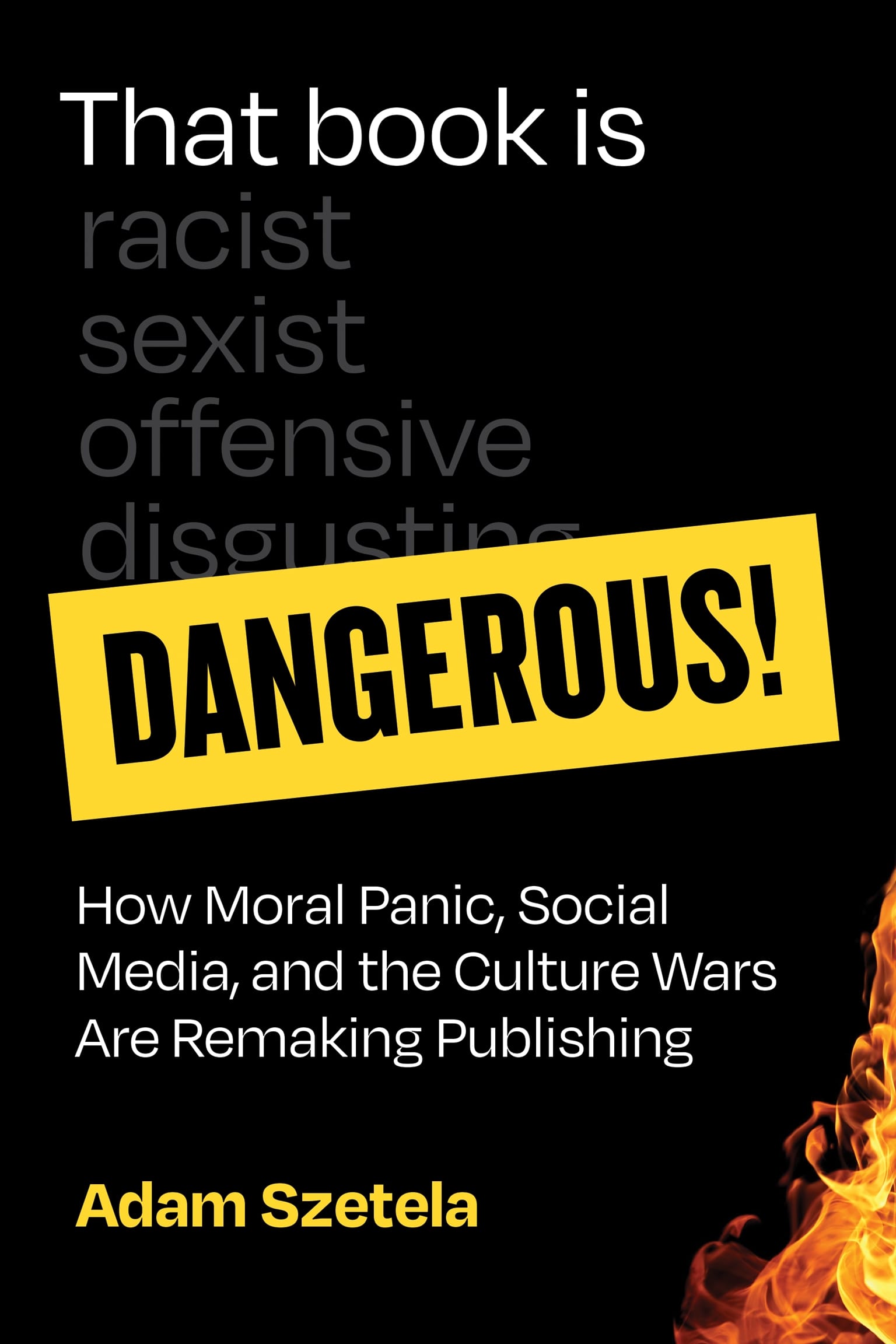
Excerpted and lightly adapted from That Book Is Dangerous!: How Moral Panic, Social Media, and the Culture Wars Are Remaking Publishing by Adam Szetela. Reprinted with permission from The MIT Press. Copyright 2025.

